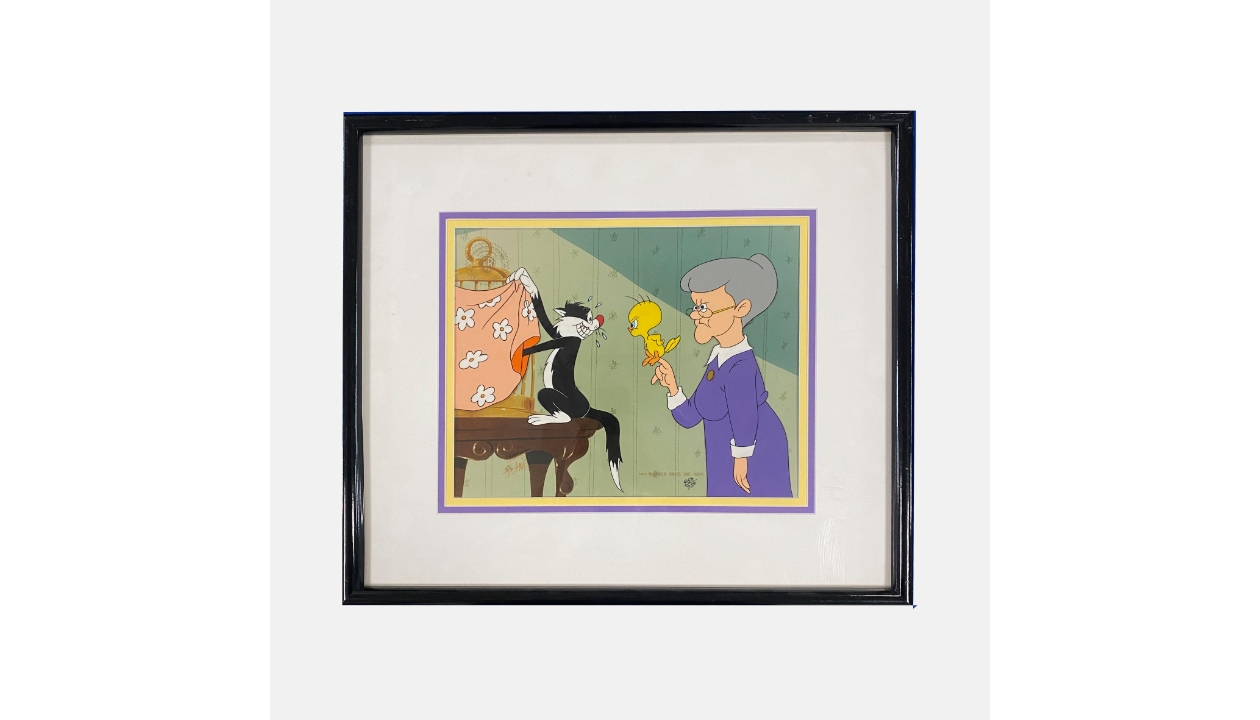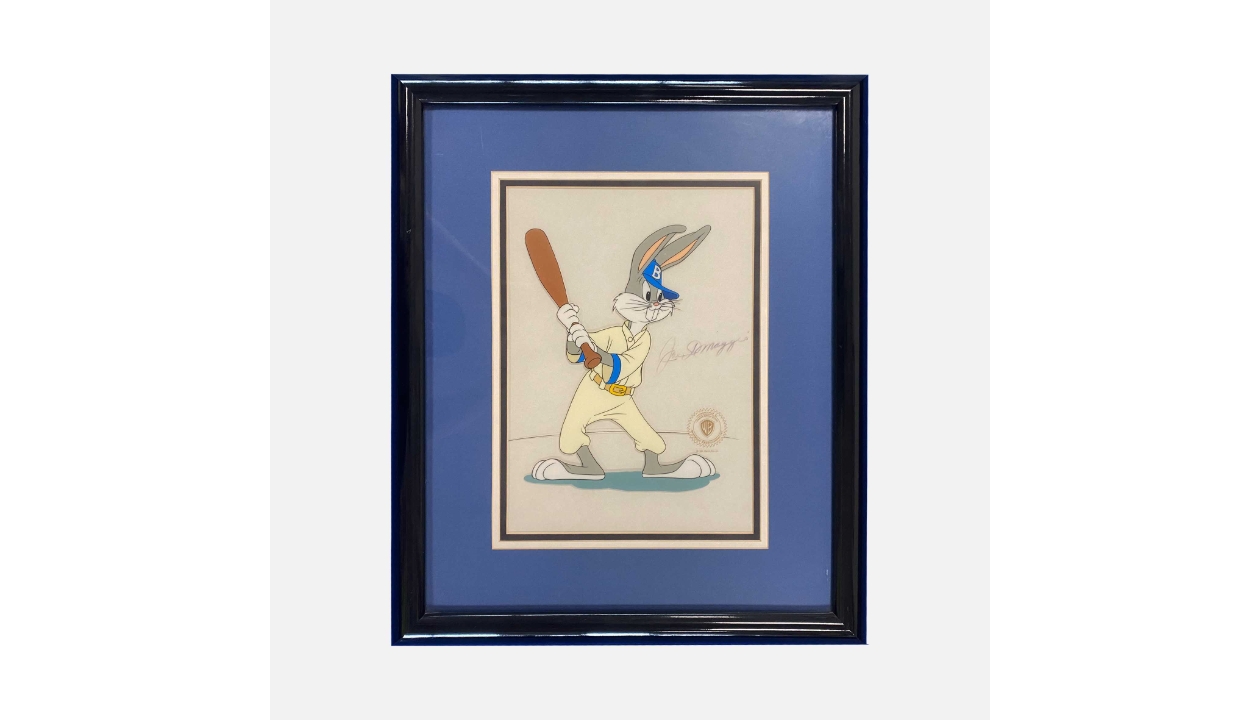Cels: Hand-Drawn Sheets for Animated Cartoon Sequences
Without cels, also known as "animation cels", cartoons as we know them today would never have existed. The traditional hand-drawn animation created using ink on cellulose sheets created fantasy worlds for millions of spectators and marked the history of film production.
Today, animation is created almost entirely on the computer and cels are considered real works of art, having become desirable items for collectors and enthusiasts. You have a chance to win some of the most sought after animation cels from the biggest series at auction and, at the same time, support the charitable cause promoted by Music Support, an organization that provides support to those who work in the music and live events industry and who are suffering from mental health and/or struggles with addiction.
What are cels?
Animation cels are transparent sheets in cellulose acetate invented in 1914 by the director and cartoonist Earl Hurd. Before the advent of computers, animation cels were the final result of the creative process, bringiing cartoons came to life. The animator made a pencil drawing of the individual frames on sheets of paper. Then the illustrator painted the scenography, created in a backdrop for the moving animation.
Next, the original drawing made by the animator and colored on the opposite side to that of the image was copied onto the acetate sheet. Finally, the animation cel was positioned on top of the backdrop (over the painting of the scenography) and photographed to capture the still image that would become part of an animated. Today, animation is created almost entirely on the computer. Nonetheless, animation cels are considered an important part of the history of film production.


Preserving Cultural Heritage
Animation became an art form in 1937 with the release of Snow White and the Seven Dwarfs on the big screen, the first animated feature film, made in the USA. Since then, audiences of all ages have been captivated by the charm of animated stories and characters. In more recent times, with hand-made animation officially replaced by computers, animation cels of old cartoons have been rediscovered. Today, they are considered real works of art that bear testament to an important moment in the history of cinema.
Collecting Animation Cels
Animation cels, used up to the 1990s to make cartoons, are among the most sought after works by collectors of comics and cartoons. Many search for original frames from their favorite cartoons to collect. This type of collecting started out for many - often nostalgic – reasons. Animation cels bring back memories and emotions of the past, they are like time capsules that help to reconstruct the history of cinema, but also the prevailing attitudes of certain eras.
When you invest in an animation cel you’re taking home a unique work of art because no sheet is the same. Given the quantity of production once required to complete a cartoon, there are luckinly countless animation cels available today an so animation art is an exciting and attractive area for collectors. Fans of comics and cartoons have the chance to win animation cels from some of the most famous animated series in the world, including Bugs Bunny, Woody the Woodpecker and Tweety and Sylvester.

 体育运动
体育运动 艺术
艺术 足球
足球 比赛服
比赛服 音乐
音乐 收藏品
收藏品 体验
体验